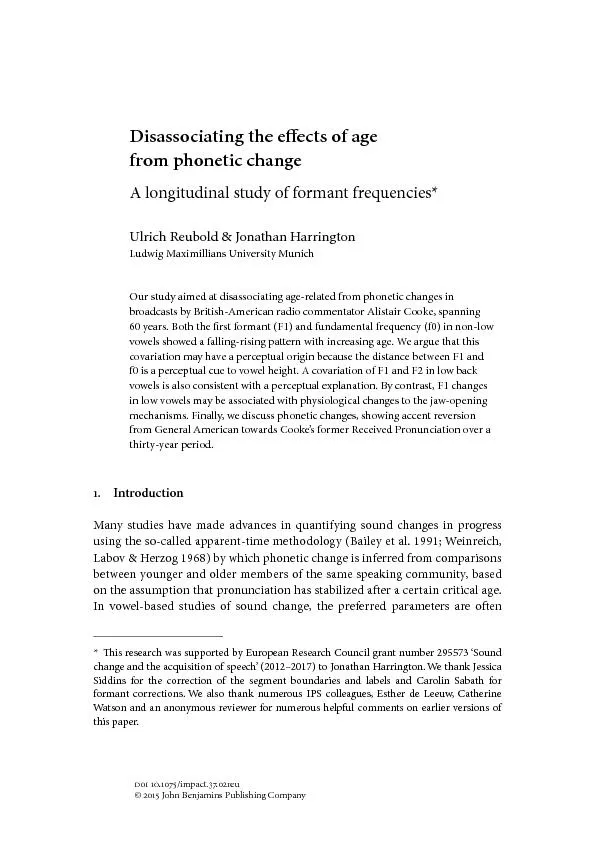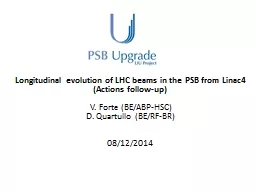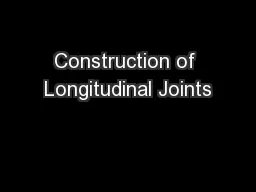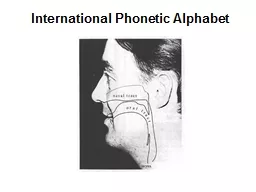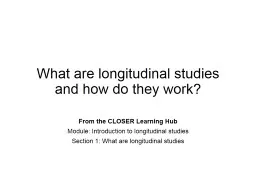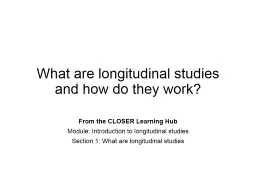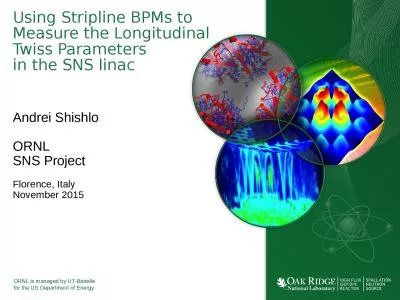PDF-Disassociating the e!ects of age from phonetic changeA longitudinal s
Author : trish-goza | Published Date : 2016-03-14
uenced by speakerspecic attributes including both social and physiological factors such as age and gender Peterson Barney 1952 Age in particular can be confounded
Presentation Embed Code
Download Presentation
Download Presentation The PPT/PDF document "Disassociating the e!ects of age from p..." is the property of its rightful owner. Permission is granted to download and print the materials on this website for personal, non-commercial use only, and to display it on your personal computer provided you do not modify the materials and that you retain all copyright notices contained in the materials. By downloading content from our website, you accept the terms of this agreement.
Disassociating the e!ects of age from phonetic changeA longitudinal s: Transcript
Download Rules Of Document
"Disassociating the e!ects of age from phonetic changeA longitudinal s"The content belongs to its owner. You may download and print it for personal use, without modification, and keep all copyright notices. By downloading, you agree to these terms.
Related Documents

